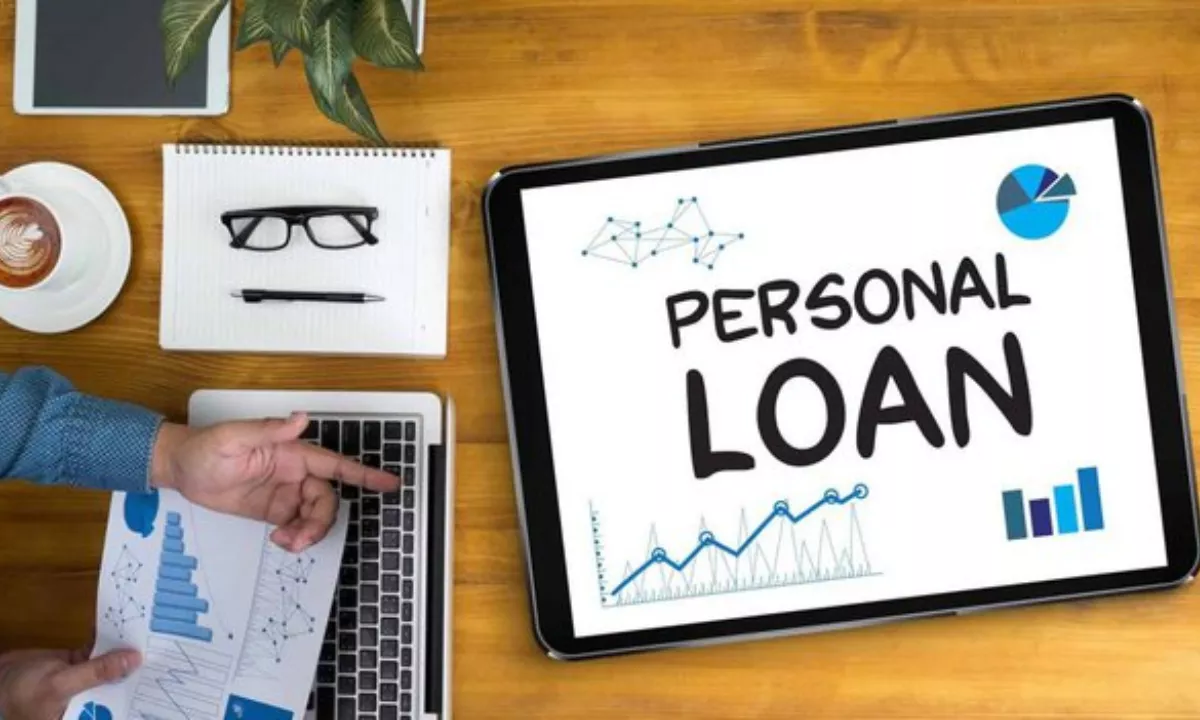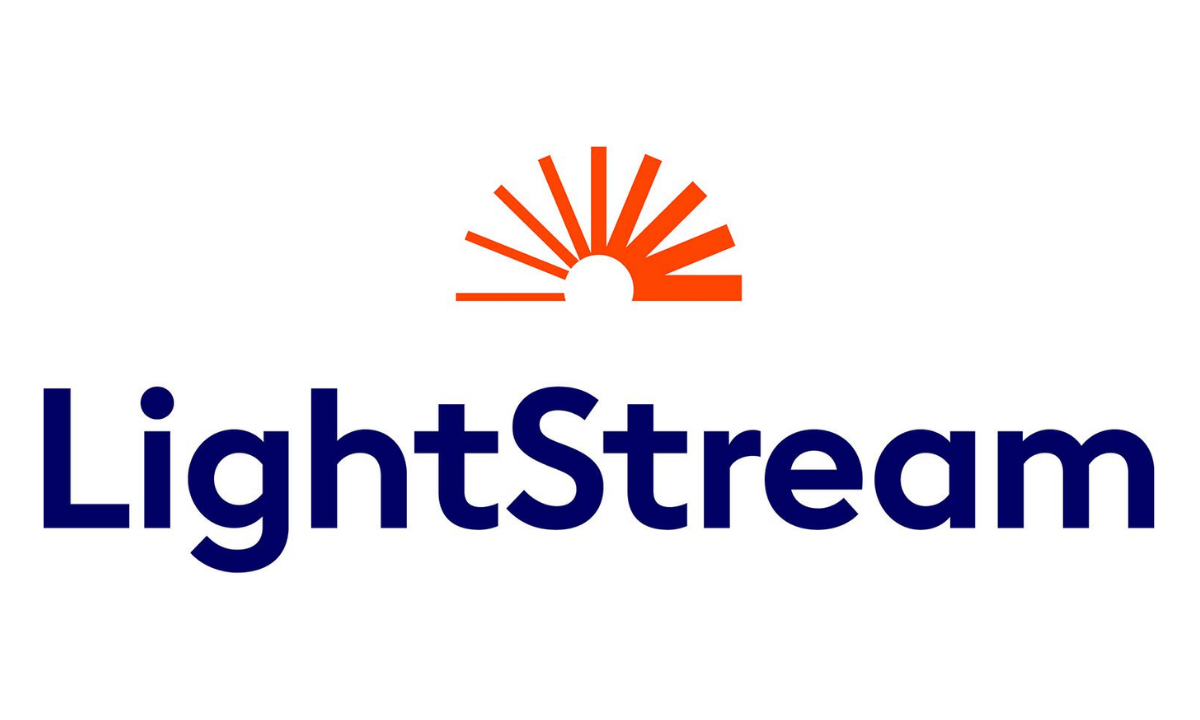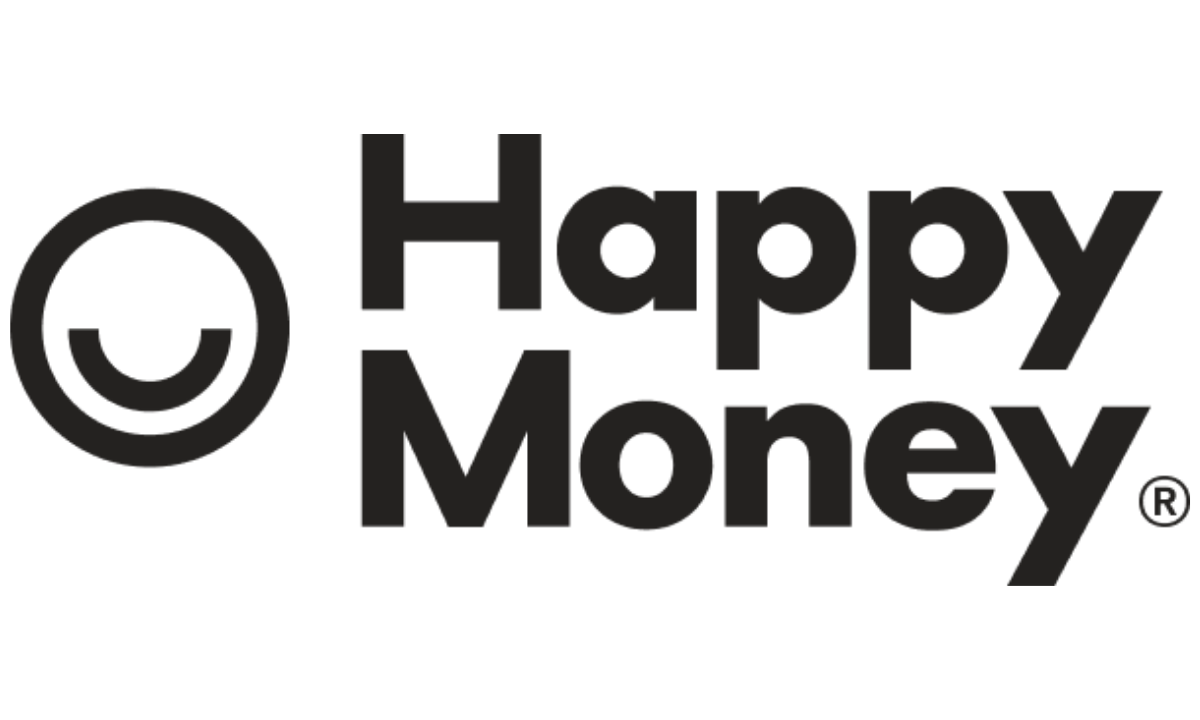
Credit cards aren’t the only option when it comes to financing a purchase or consolidating debt. Personal loans are a popular option due to digital products that simplify applications and approvals.
But before you sign the dotted line, you need to make sure a personal loan is right for you. To do this, you need to understand the inner workings of this lending tool. You don’t want to end up with an expensive loan that you don’t understand or can’t repay.
Go back a decade, when consumers had fewer opportunities to borrow money. They can use a credit card, which usually means high interest rates, or apply for a bank loan, which is difficult to get without quality credit. The 2008 recession changed that.
With so little consumer credit provided by banks, a number of fintech startups (or FinTechs) have emerged to provide personal loans to consumers. By using a variety of underwriting data and risk prediction algorithms, they have created a market that is now thriving.
Unsecured personal loans hit an all-time high of $138 billion in 2018, according to credit-scoring firm TransUnion, with most of the growth coming from fintech loans. Average loan size in Q4 2018: $8,402. Fintech lending accounted for 38% of total activity in 2018; just 5% five years ago.
How Personal Loans Work
Personal loans come in many forms and can be secured or unsecured. Guaranteed personal loans require you to provide security or assets in case you cannot pay what you owe. If you default, the lender receives the asset. Mortgage loans and auto loans are examples of secured debt.
An unsecured loan is the most common type of personal loan where you do not need to provide any collateral. If you don’t pay back the money, the lender cannot seize your assets. That doesn’t mean there’s no impact. Defaulting on an unsecured personal loan can hurt your credit score and, in some cases, significantly increase the cost of borrowing. Lenders can sue you to collect outstanding debts, interest, and fees.
Unsecured personal loans are often used to finance large purchases (like a wedding or vacation), pay off high-interest credit card debt, or consolidate student loans.
Personal loans are issued in one lump sum and deposited into your bank account. In most cases, you must repay the loan at a fixed rate within a set period of time. Payback periods can vary from one year to ten years and vary by lender. For example, online lender SoFi offers personal loans with terms ranging from 3 to 7 years. Goldman’s rival, Marcus, offers loans with terms of three to six years.
Borrowers who are unsure of how much money they need can also apply for a personal line of credit. This is an unsecured revolving line of credit with a predetermined line of credit. (It’s very similar to a credit card in this regard.) The interest rate on a revolving line of credit is usually variable. H. It varies with the prevailing interest rate in the market. You only need to pay back what you draw from the loan plus interest. Wires are often used for DIY, overdraft protection or emergencies.
Your credit rating determines the cost of borrowing
When considering whether a personal loan makes sense, you must consider your credit rating. This is a number between 300 and 850 that represents your likelihood of paying off your debt based on your financial history and other factors. Most lenders require a credit score of 660 for personal loans. When credit scores are low, interest rates are often too high to make personal loans a viable borrowing option. With a credit score of 800 and above, you can get the lowest loan interest rates.
Many factors are considered when determining your creditworthiness. Some factors are more important than others. For example, the 35% FICO score (the score used by 90% of lenders in the country) is based on your payment history. (See more FICO facts here.) Lenders want to make sure you can lend responsibly and will look at your past behavior to understand your future responsibility. Massive delays or missed payments are a big red flag. To maintain a high score on this section, please make all payments on time.
The second is the amount of outstanding credit card debt relative to your credit limit. This accounts for 30% of your credit score and is known in the industry as credit utilization. It will check how much credit you have and how much credit is available. The lower the ratio, the better. (For more information, see the 60-second guide to using credit.) The length of your credit history, the type of credit you have, and the number of new credit applications you’ve recently filled out are other factors that determine your credit. credit score.
In addition to your credit score, lenders look at your income, employment history, cash, and total debt. They want to know that you can afford to repay the loan. The higher your income and assets, and the lower your other debts, the better your vision.
Good credit is important when applying for a personal loan. It not only determines whether you will be approved, but also how much interest you will pay over the life of the loan. According to ValuePenguin, borrowers with a credit score between 720 and 850 can expect 10.3% to 12.5% of their personal loans. This increases to 13.5% to 15.5% for borrowers with a credit score of 680 to 719, and to 17.8% to 19.9% for borrowers in the 640 to 679 range. Borrowers below 640 would be costing themselves too much to be approved. Interest rates at this level range from 28.5% to 32%.
There is a compromise
A personal loan can be an attractive way to finance a large purchase or get out of a credit card or other high-interest debt. The terms are flexible so you can create monthly payments that fit your budget. The longer the term, the lower the monthly payment.
But there is a compromise. You pay interest longer. Also, the longer your loan term, the higher the interest rate on a personal loan.
Take SoFi’s personal loan as an example. For a $30,000 loan, the borrower with the highest credit rating pays 5.99% on the three-year loan. The interest rate on a seven-year loan jumped to 9.97%. At Citizens Financial Group, the three-year loan rate is 6.79% and the seven-year loan rate is 9.06%. At LightStream, which is owned by SunTrust Bank, three-year loans start at 4.44%. Interest payments are expected to be 5.19% over seven years.
In addition to the interest rate, some lenders charge a loan origination fee, which represents the cost of processing your application. This makes borrowing more expensive. Good news: Founding fees are starting to disappear, especially on digital platforms. Online lenders that don’t charge borrowers for loans include SoFi, LightStream, Marcus By Goldman Sachs, and Earnest. All of these require a minimum credit rating of 660. When shopping for a personal loan, compare APR or APR. It includes interest rates and fees, giving you a complete picture of how much you will pay.
If you have good credit, a personal loan is a viable option for financing a major purchase or debt consolidation. If you have poor credit, it may be worth paying a higher interest rate if it means you can get out of higher-interest debt. Before you make the leap, do the math. Consider rates, fees and terms. If you end up paying thousands of dollars to consolidate your debt, this isn’t the best option for you.
Kom meer te weten:
-
-
-
-
Delta Skymiles® Reserve American Express-kaartrecensie – Zie meer.
-
AmEx richt zich op klantervaring met nieuwe betaalrekening en opnieuw ontworpen applicatie
-


